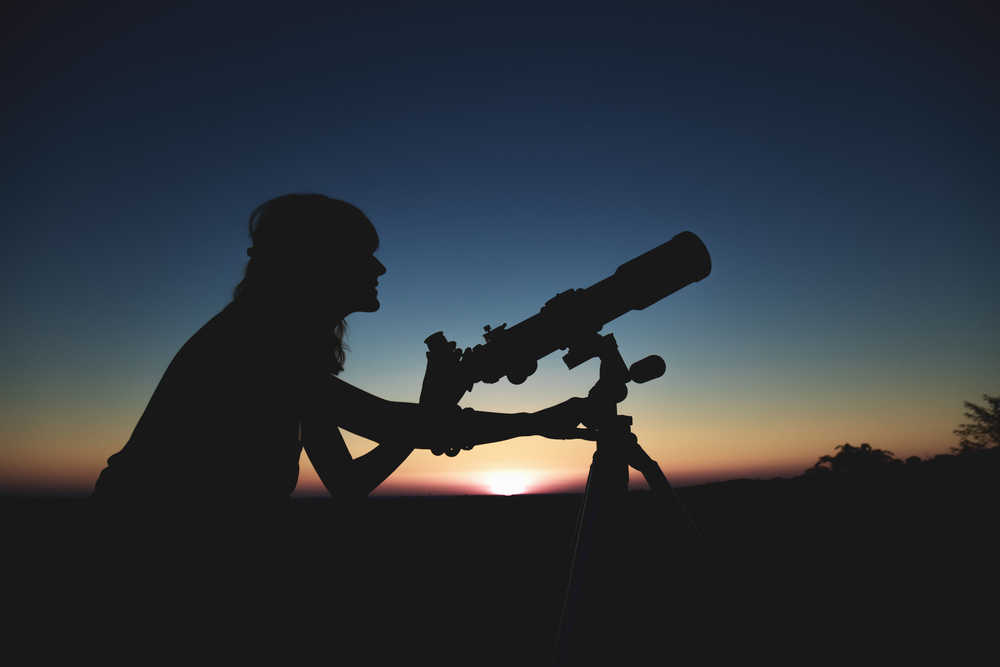Elisabetta Barberio remembers playing on the streets of a remote Italian village as a little girl, her sense of the world unfurling.
“I could go around the village and everyone knew me,” the University of Melbourne physicist recalled.
“I was quite free and I never felt cast or put in a particular box.”
It came as a shock when her scientist mother and doctor father moved the family to a small city apartment in the Calabria region of southern Italy.
But within those walls, she opened up her parents’ textbooks and saw something of her future.
“I was 10 when my mother gave me her nuclear physics book, so I started learning about that and liked it a lot,” she said.
“I was curious, always curious.”
Her mother encouraged her to pursue a career rather than marriage, a revolutionary view at the time, which led the future professor to study across Europe.
She was part of a large team of physicists involved in the discovery of the Higgs boson, known as the God particle for its once mysterious role in creating mass and forming the foundations of existence.
“It was like Christmas, waiting for a present and not knowing what the present is,” Professor Barberio said of the research.
“There was adrenaline, like when you see things under the tree and you want to open the box, but you have to wait.”
That childlike sense of wonder about the universe continues to drive her, as director of the Australian Research Council’s Centre of Excellence for Dark Matter Particle Physics.
While she has witnessed significant shifts in science, slow societal change has been a source of frustration.
Men in the industry have doubted her talents and questioned her leadership at various points in her career.
The only way forward, Prof Barberio believes, is sharing a love of science with more women, just as her mother did.
“Leadership is a lonely position, but it’s important women sit there,” she said, ahead of International Women’s Day on Friday.
“We are nurturing and focused on others and we have a lot of drive.
“The enthusiasm and passion we pass on is important.”
Decades into her career, Prof Barberio has overseen the development of the centre’s dark matter laboratory, one kilometre underground at the Stawell Gold Mines in regional Victoria.
Down in the darkness and away from cosmic interference, scientists are preparing an experiment dubbed SABRE South that will use an instrument equipped with pure crystals to detect dark matter.
While existing everywhere and holding galaxies together, dark matter cannot be seen or felt.
Unlocking its mysteries would be a world-altering discovery in many ways, Prof Barberio said.
“One day we will see what it is; that will open new doors to know what the universe is.
“But also what we are in the universe and what we’re doing here.”
Stephanie Gardiner
(Australian Associated Press)





